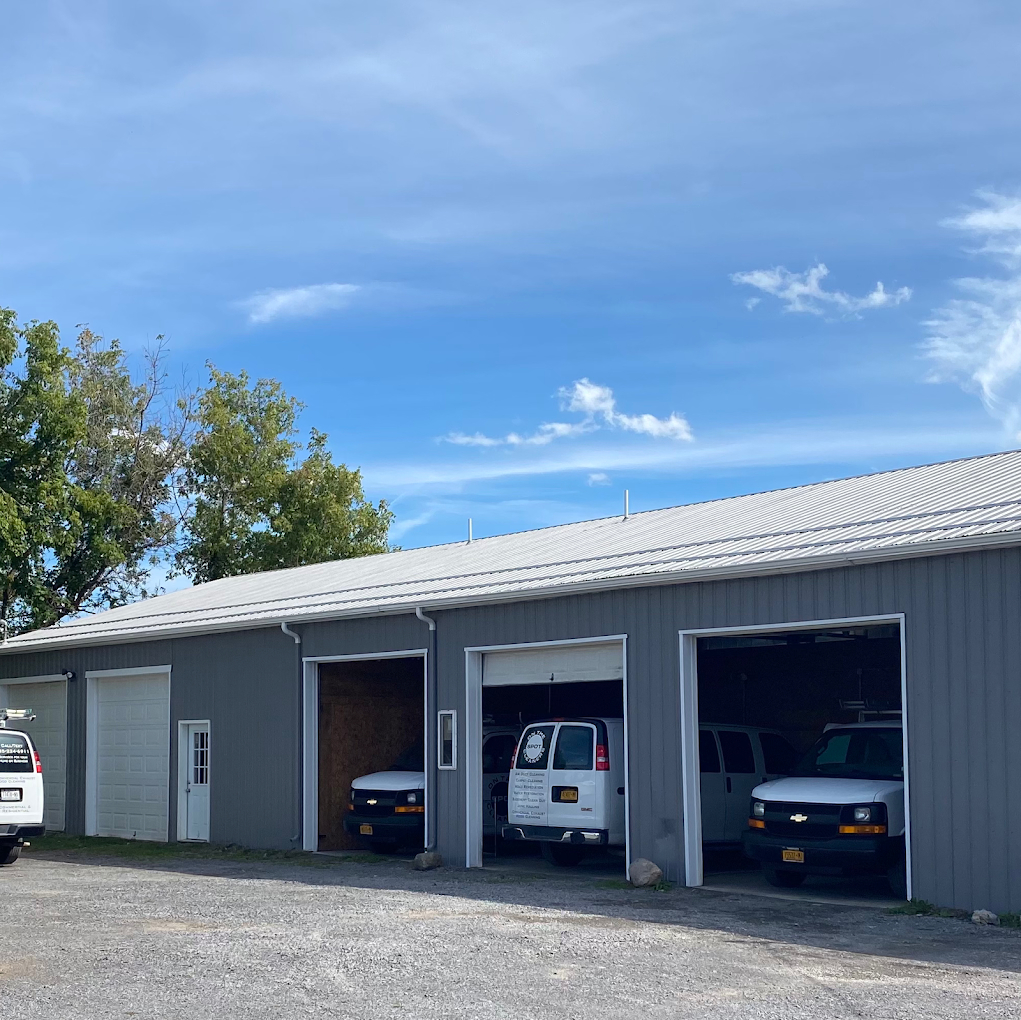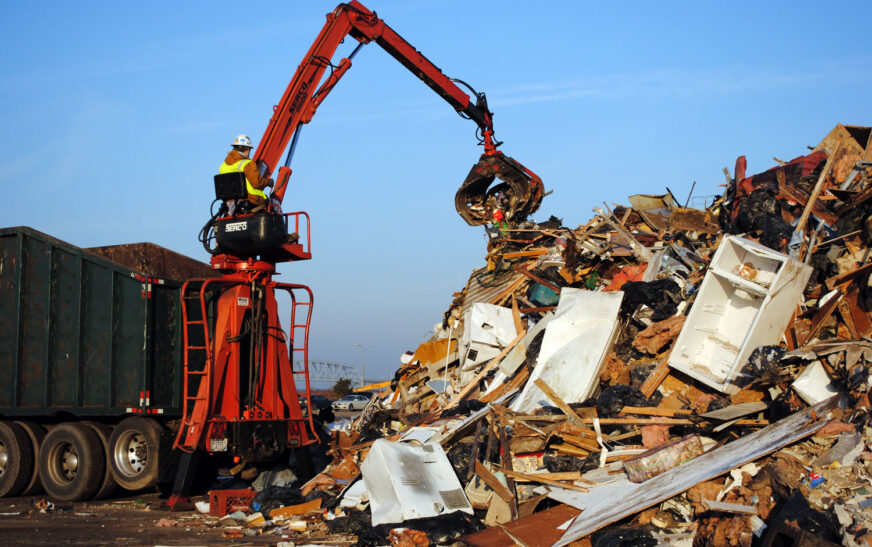Spray painting remains one of the most consistent and application-friendly methods for surface treatment in food processing facilities. Uniform coatings across walls, ceilings, equipment bases, and support structures reduce the risk of surface contamination while improving sanitation performance.
Food environments demand surface coatings that meet safety regulations and withstand repeated exposure to moisture, cleaning chemicals, and temperature swings. Without correct application and material choice, painted surfaces can flake, chip, or become breeding grounds for microbes.
Food-Grade Paint in Manufacturing Facilities
Paints used inside food production areas must resist microbial growth, chemical exposure, and physical wear. Food-grade coatings also require smooth finishes that prevent the buildup of bacteria in cracks or seams. Products such as waterborne epoxy and polyurethane are frequently used for compatibility with frequent washdowns and non-toxic curing characteristics.
Spray application allows for consistent thickness across irregular surfaces. Areas such as ceiling joists, ducting, and machinery frames are common targets for spray painting services in food manufacturing plants. These surfaces risk particle shedding or microbial harboring if left untreated or improperly coated.
Compliance and Safety in Toronto Food Facilities
In regulated environments, paint selection and application are directly tied to compliance. Canadian food facilities must meet the CFIA and local safety authorities’ expectations. Non-compliant coatings or improper application can lead to inspection failures or contamination-related shutdowns.
Spray painting in Toronto food plants has gained attention due to increasing safety inspections and modernization projects. Contractors must work within air quality norms, odor limitations, and active production cycles. Proper timing and technique reduce the risk of airborne particles affecting nearby areas during application. Electrostatic and airless spray painting techniques have become common in Toronto-area facilities due to reduced overspray and fast-curing options.
Antimicrobial Coatings and Contamination Control
Standard food-safe coatings resist contamination. Antimicrobial coatings further protect by suppressing bacteria, mold, and mildew growth. These paints contain agents like silver or copper, which disrupt microbial replication on the surface.Production zones prone to humidity or frequent washdowns benefit most from this technology.
Common areas include cold storage rooms, packaging lines, and high-moisture spaces. Uniform application is critical—spray painting delivers these coatings evenly, reducing inconsistencies that may compromise hygiene goals. Even the best coating formulation may fail under operational stress without proper application.
Project Insights from Food & Beverage Facilities
Food processing facilities often face unique challenges in maintaining surface hygiene. Spray-applied coatings help address those challenges by allowing consistent coverage across structural steel, wall assemblies, and overhead surfaces exposed to frequent sanitization and temperature swings.
Spray painting services reduce application time and inconsistencies in production zones with confined spaces or complex geometry. Areas such as ceiling trusses, equipment frames, and jointed surfaces benefit from uniform coating thickness, reducing the risk of bacterial accumulation.
Across Southern Ontario, many food manufacturers are adapting older facilities to meet updated hygiene requirements. This includes replacing flaking or degraded coatings with food-safe finishes that meet current CFIA and GMP standards. Spray-applied antimicrobial coatings have become a common solution in washdown zones, refrigerated rooms, and high-traffic sections of processing lines.
Project timing, surface preparation, and material compatibility remain key factors in achieving successful outcomes. A well-executed spray painting process directly contributes to hygienic operations by reducing maintenance needs and supporting surface sanitation protocols.
To Conclude
Food processing environments require consistent surface conditions that resist contamination, clean easily, and meet regulatory expectations. Coatings alone do not meet these demands without proper surface preparation and technical application.
Industrial spray painting achieves consistent results across complex surfaces. When applied using the right tools, coatings can support hygiene while minimizing downtime. From walls and ceilings to ductwork and fixtures, every surface in a food facility plays a part in controlling contamination risk. Book a hygiene-focused painting consultation with Industry Painting Ltd. for food processing facilities requiring safe, compliant application methods.









